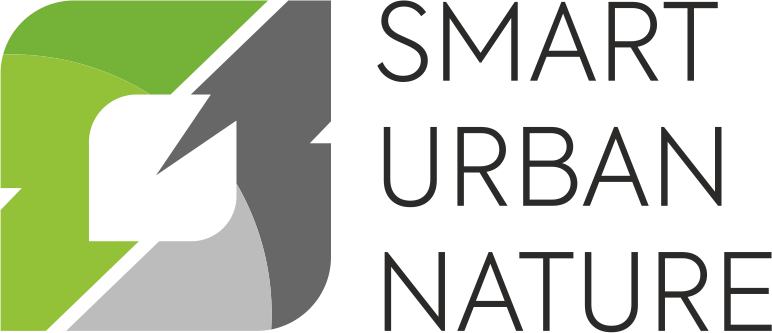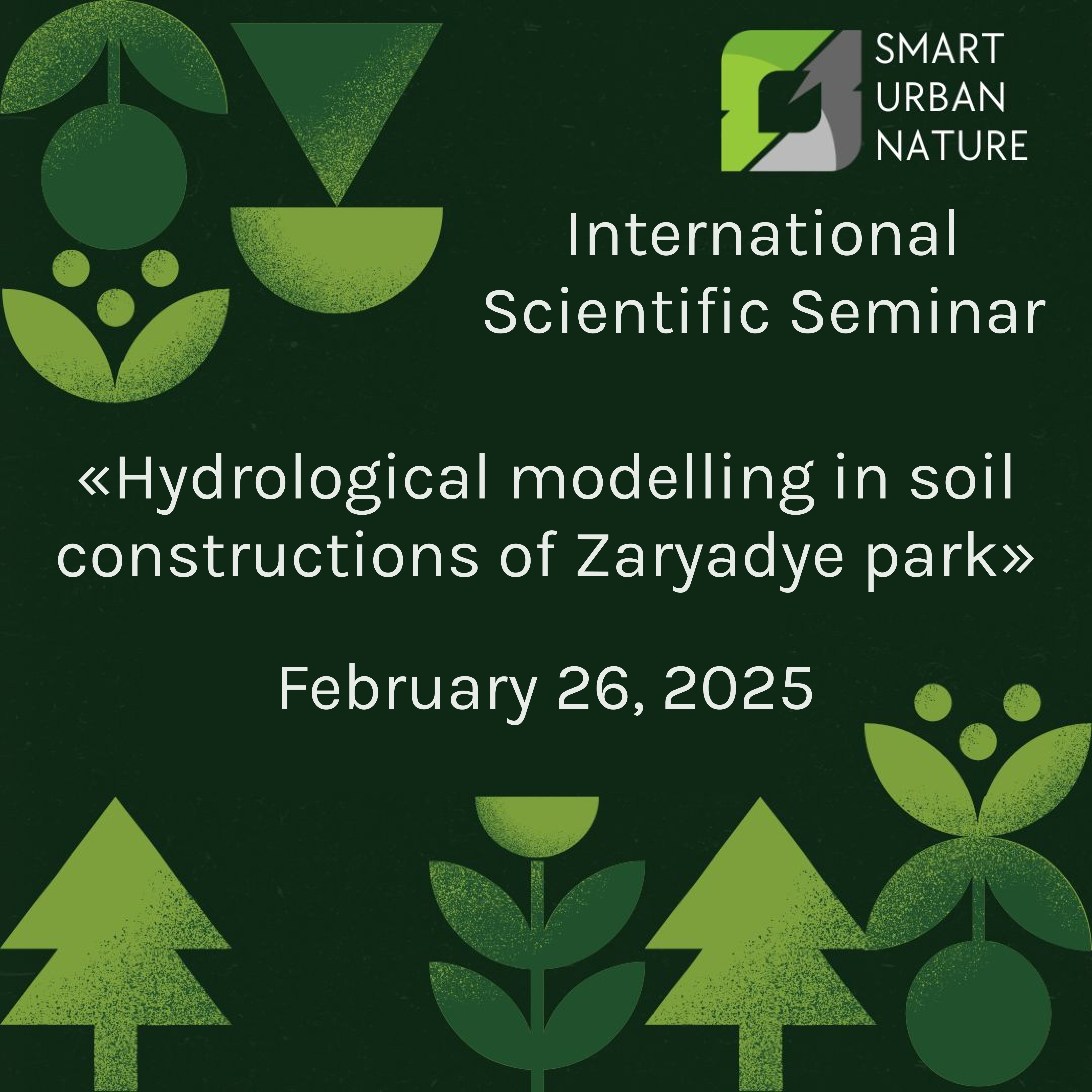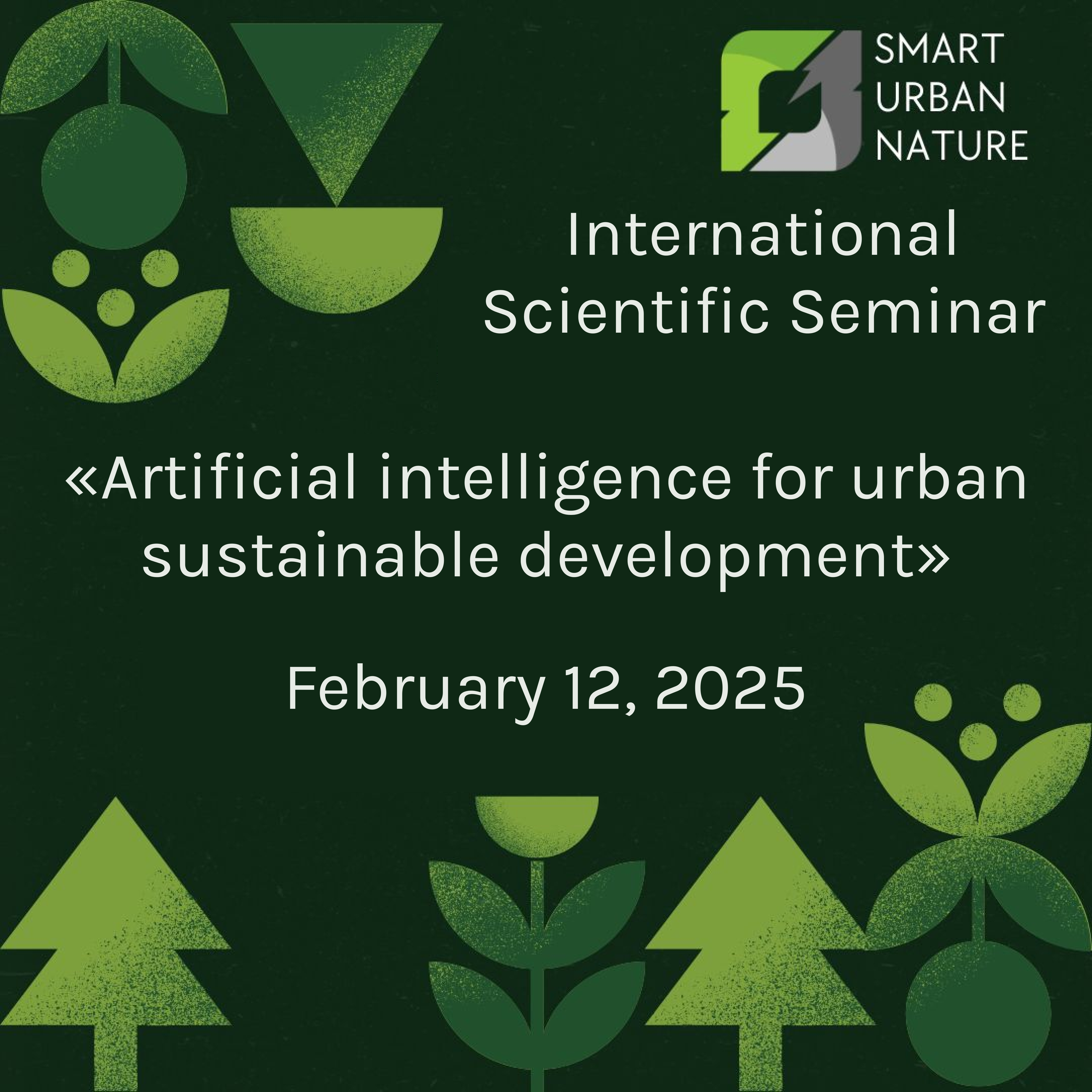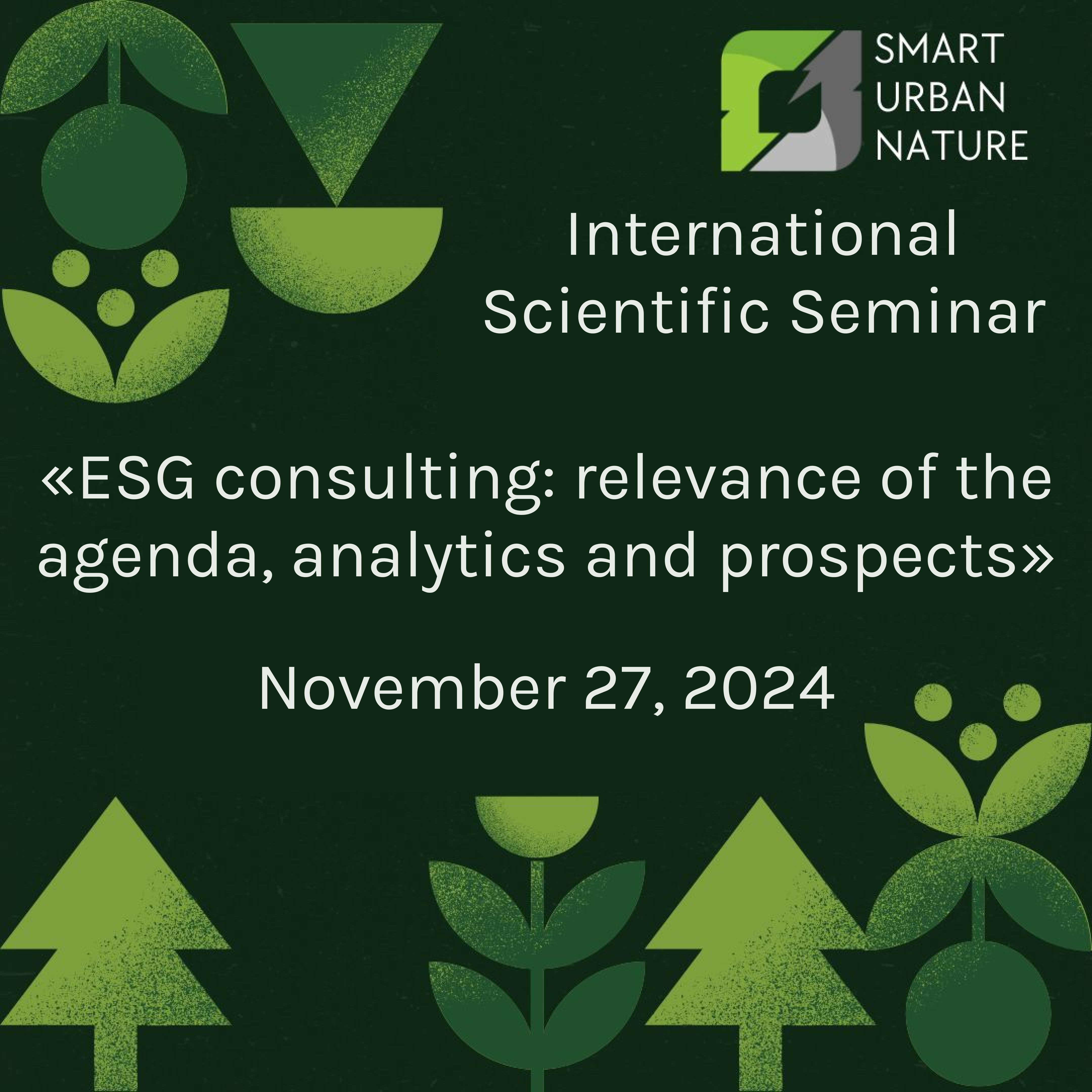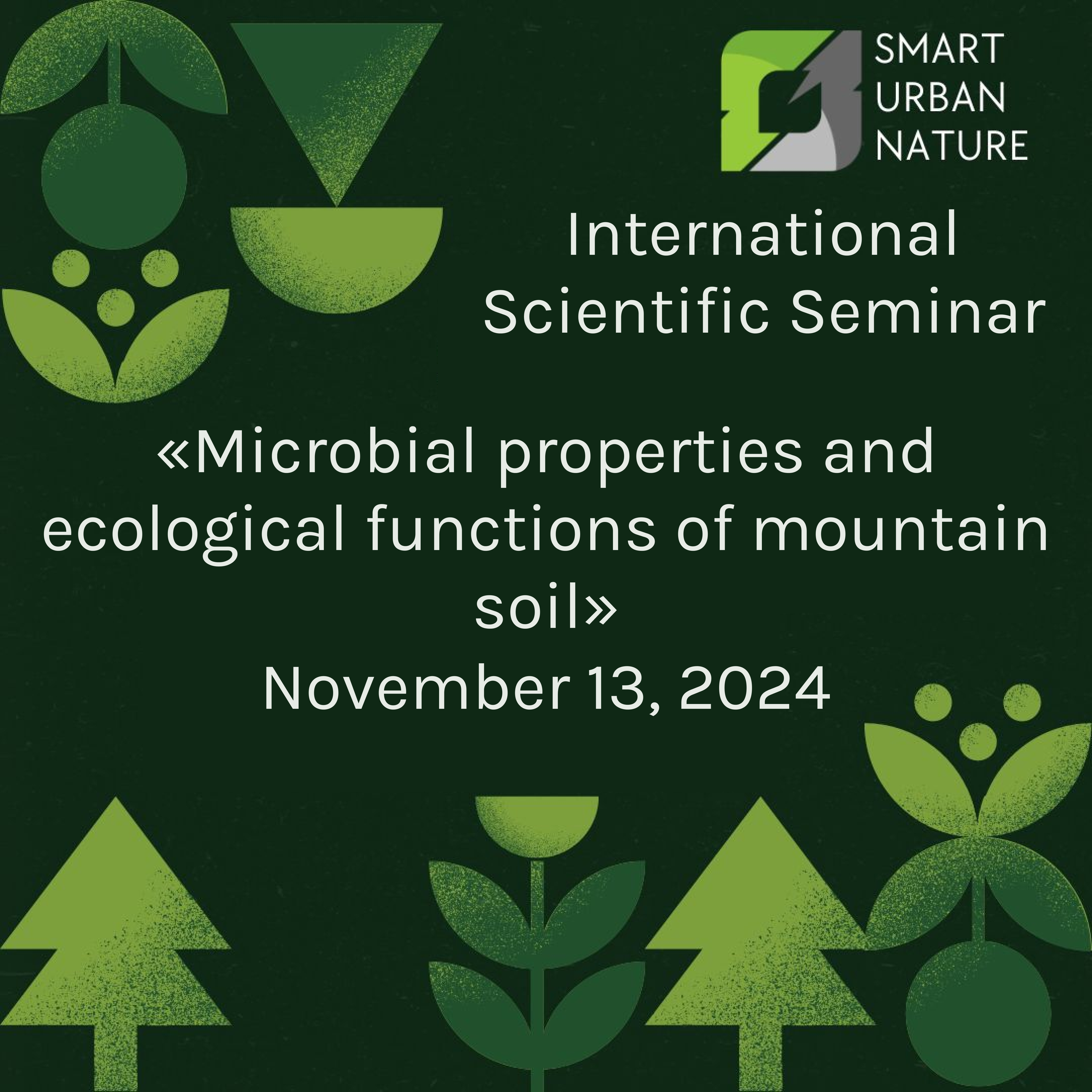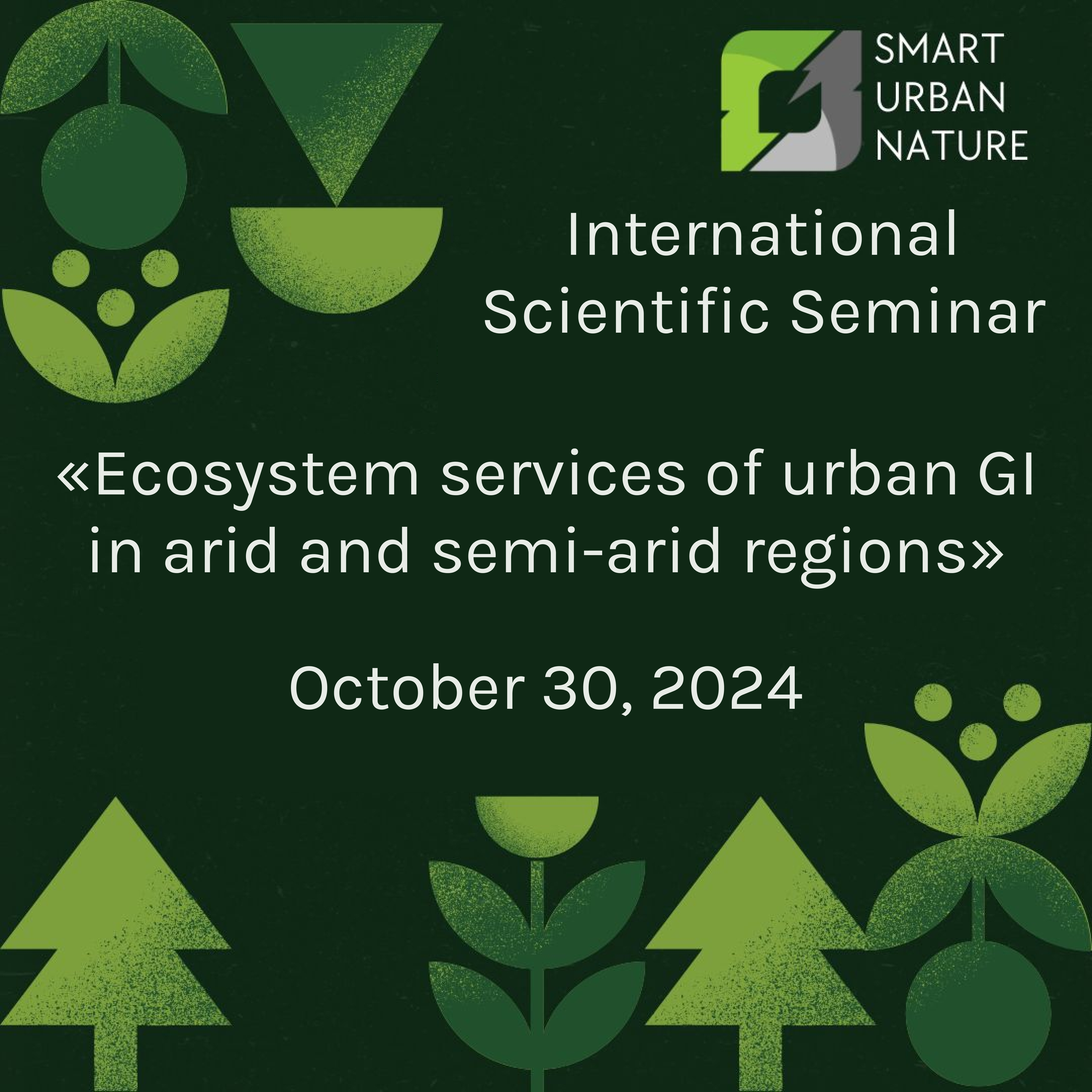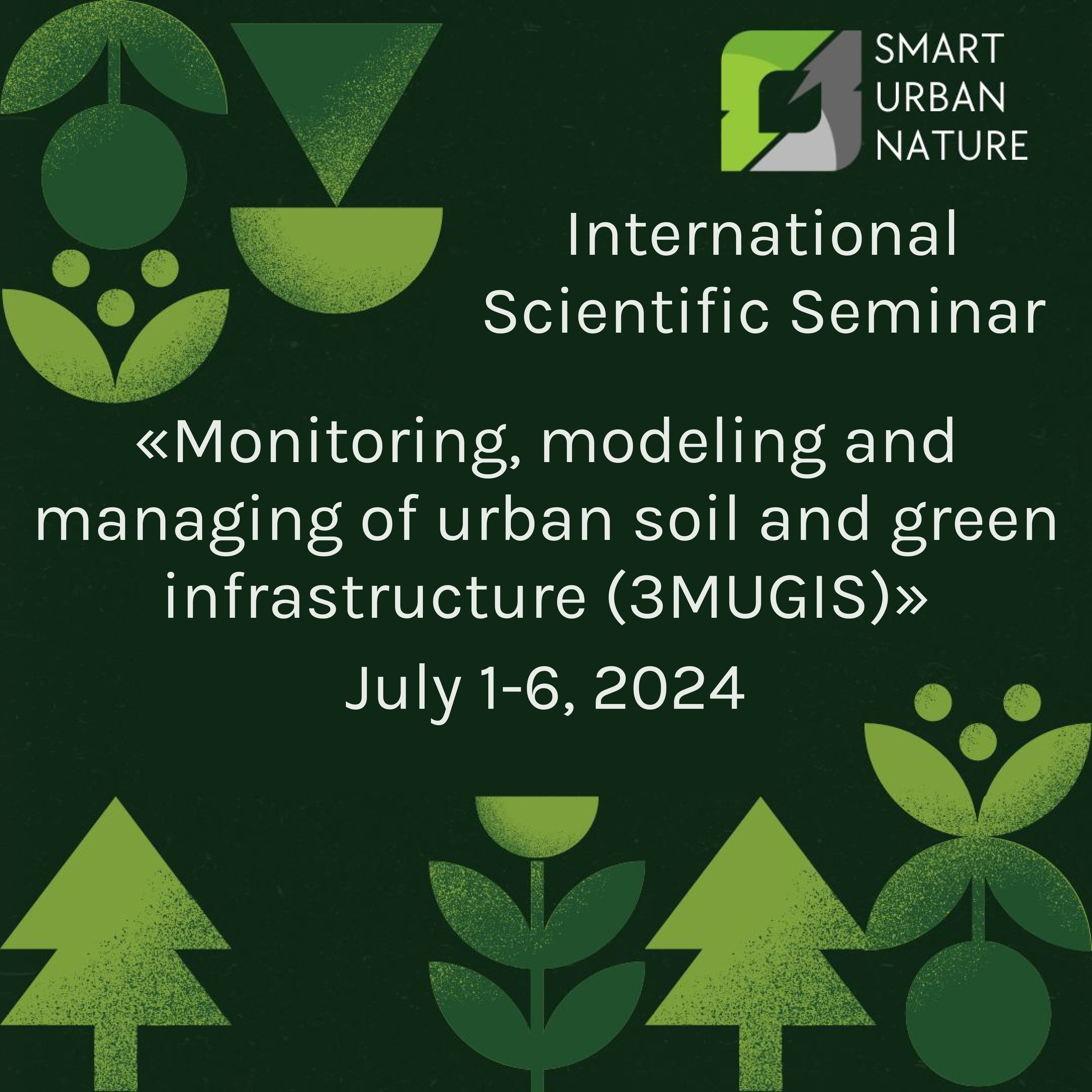International Scientific Seminar
Organizer: Department of Landscape Design and Sustainable Ecosystems, Smart Urban Nature research center, Agrarian and Technological Institute of RUDN University
Area: Science, Education, International cooperation
Subarea: Ecology and nature management
Format: Seminar
Type: International
Title: «Hydrological modelling in soil constructions of Zaryadye park»
Date: February 26, 2025
Location: Microsoft Teams
Contact person: Babich Gleb Olegovich, 1142230303@rudn.ru
About the event:
On February 26, 2025, the scientific center «Smart technologies for sustainable development of the urban environment in the context of global changes» of ATI RUDN University will organize an international scientific seminar «Hydrological modelling in soil constructions of Zaryadye park». The event will be held in a mixed format on the Microsoft Teams platform. The working language is Russian.
Zaryadye Park, which opened in Moscow in 2017, is a unique project in the field of landscape design, combining many modern technologies for creating and maintaining urban green infrastructure. The park contains areas that reproduce ecosystems of different climatic zones of Russia. All this makes Zaryadye an interesting object for research from the point of view of physical and biological processes occurring in the soil.
During the seminar, the results of research conducted on the territory of Zaryadye Park in the fields of soil science, hydrology and soil biology will be presented and discussed.
Event program:
17.30 – 18.00
«Chemical and biological properties of soil structures in landscapes similar to Zaryadye Park»
Ekaterina Kozlova, Junior Researcher at the Center “SUN Lab” ATI RUDN University; Vladimir Myazin, ph.D, Associate Professor, Department of Technosphere Safety, ATI RUDN University; Artyom Losev, Junior Researcher at the Center “SUN Lab” ATI RUDN University.
18.00 – 18.30
«Monitoring and modeling of surface runoff and water balance of soil structures in Zaryadye Park – first results and prospects»
Vyacheslav Vasenev, ph.D, Associate Professor, Department of Landscape Design, ATI RUDN University; Andrey Smagin, Leading Researcher at the Center “SUN Lab” ATI RUDN University
18.30 – 19.00
Discussion
